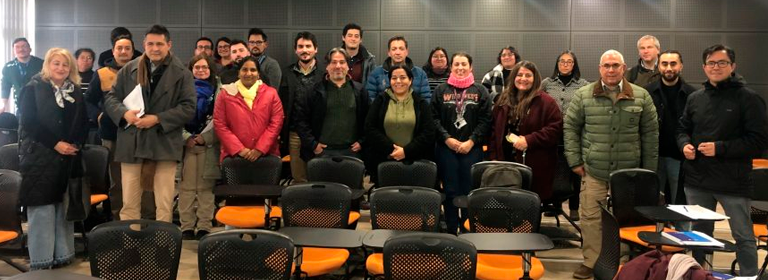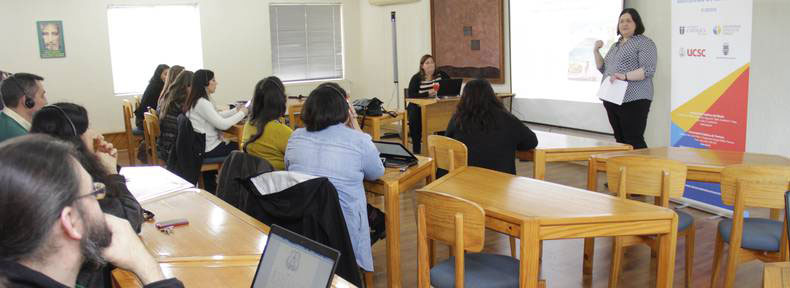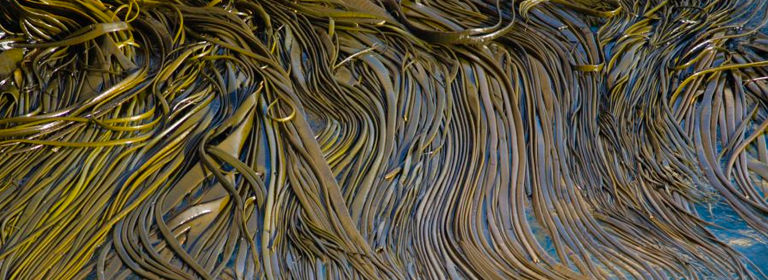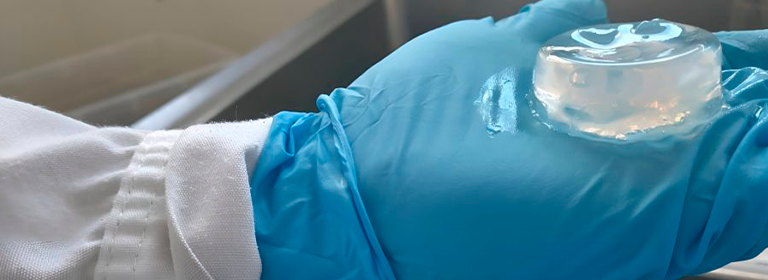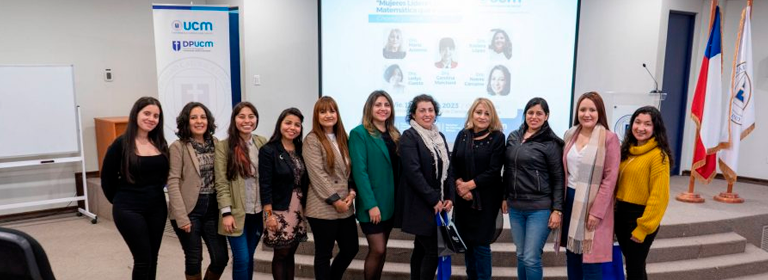Interview with Francisco Letelier Troncoso, director of the FIUT–Raíces UCM Project.
What is the FIUT–Raíces UCM project and what is its main purpose?
FIUT–Raíces UCM is a strategic project that seeks to strengthen the research, development, and innovation (R&D&I) capabilities of the Catholic University of Maule, with a special focus on territorial impact. It is part of a national initiative promoted by the Ministry of Science and seeks to consolidate regional universities as key players in social, economic, and environmental development in their territories. In our case, this means linking the knowledge we generate with the specific challenges of Maule, from a collaborative and transformative perspective.
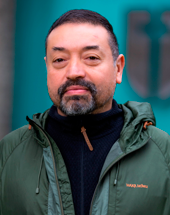 Why is this project important for UCM at this time?
Why is this project important for UCM at this time?
Because it represents a decisive step towards a new stage in institutional development. In recent years, UCM has grown steadily in scientific productivity, postgraduate training, and research infrastructure. Today, the challenge is to take a new leap forward: to integrate these capabilities into a more coherent, more articulated strategy that is more connected to the needs of our region. FIUT–Raíces UCM is allowing us to organize, highlight, and project what has already been done, while opening new paths to consolidate impactful R&D&I.
Who is on the project team?
We have put together a diverse and committed team with technical expertise and an institutional perspective under the auspices of the Vice-Rector’s Office for Research and Postgraduate Studies. I am in charge of project management, with Enyel Rodríguez as coordinator. The team also includes specialists in data analysis, finance, innovation, postgraduate studies, and gender, along with key institutional counterparts. It has been a collective effort that has also been validated by a scientific committee made up of long-standing UCM researchers; a strategic committee representing UCM units linked to R&D&I; and a steering committee involving the university’s senior authorities. The process has been very enriching because it has mobilized internal capacities that were often not fully articulated.
What methodology have you used to carry out the institutional diagnosis?
We are developing a mixed methodology that combines document review, statistical analysis, interviews, and participatory workshops. The goal is to build a shared image of where we want to go as a university in the field of R&D&I. We evaluated seven key dimensions: governance, infrastructure, postgraduate studies, lines of research, internationalization, innovation, and community outreach. In all of them, we detected significant progress and also aspects that need to be strengthened to achieve greater impact.
What have been the main findings so far?
The most valuable thing is that the UCM has significant capabilities, committed teams, and a strong public sense. There are established research centers, growing doctoral programs, a growing internationalization agenda, and concrete experiences of transfer and innovation. At the same time, as is natural in developing universities, we found some structural challenges: strengthening coordination between units, diversifying funding sources, strengthening R&D&I governance, and better highlighting the contributions that are already being made in the region. We are not starting from scratch: we are on our way, and the challenge now is to consolidate a more coherent model with greater capacity for impact.
In this process, the work being carried out by the Directorate of Innovation, Development, and Technology Transfer (DIDTT) has been important. This unit has begun to strengthen the processes of knowledge valorization and transfer. Although we are still in a consolidation phase, we are already seeing some results in the protection of results, in the management of projects with potential territorial impact, and in the link with external actors. Along the same lines, the Comprehensive Center for Social Innovation (CIIS) has played an important role in building links with territories and communities, especially through participatory and collaborative approaches that allow academic knowledge to dialogue with local knowledge. Its experiences have been key to opening up paths for social and educational innovation and represent a valuable foundation on which to continue strengthening the university-society relationship from a transformative perspective.
On the path we are taking, it is essential to deepen the dialogue between the university and local stakeholders, especially the regional government and municipalities. There are instruments such as the Regional Development Strategy and the Regional Innovation Strategy that provide us with a concrete roadmap, with socially agreed challenges at the regional level. Our R&D&I must engage with these priorities, not only to generate relevant solutions, but also to actively contribute to a shared vision of development in Maule.
In this regard, UCM has much to contribute, not only in areas such as health, education, climate change, and productive innovation, but also in fundamental areas such as territorial governance and community participation, which are key to building legitimate, sustainable, and inclusive solutions. As a public university, our role is not only technical, but also political in the best sense of the word: to generate knowledge that strengthens local democracy, citizen participation, and the capacity of territories to influence their own development.
What are the next steps in the project?
We are finalizing the diagnosis with the active participation of different actors, and the next step is to co-construct an institutional roadmap. This includes, for example, the design of an incentive system that recognizes not only traditional academic productivity, but also transfer, linkage, and innovation with social impact. We also want to strengthen the role of research centers as territorial articulators, implement public portfolios of transferable solutions, and move toward institutional governance that takes an integrated view of science, graduate studies, and innovation. What we are seeking is to project capabilities that already exist but need a common strategic framework.
What final message would you like to share with the university and regional community?
The knowledge generated by the university is of enormous value to the region. What we are doing with the FIUT project is not starting from scratch, but rather recognizing what has already been achieved and building a more solid foundation for the coming years. We want UCM to consolidate itself as a university that conducts research with excellence, but also with a public purpose and regional commitment.
That impact cannot be achieved from an ivory tower. It is built by engaging in dialogue with the regions, listening to communities, coordinating with municipalities and the regional government, and aligning our capabilities with key instruments such as the Regional Development Strategy or the Regional Innovation Strategy. Maule has already identified its major challenges: the role of the university is to contribute rigorous knowledge, transferable solutions, and sustained collaboration to address them. This also includes supporting regional governance processes, strengthening local capacities, and community participation as the basis for meaningful science.

